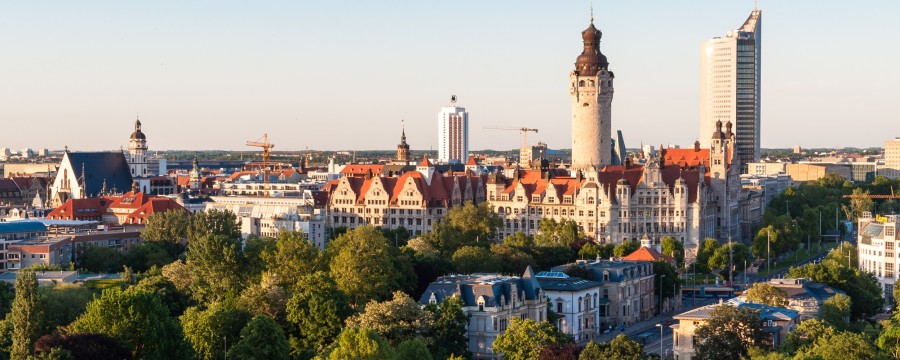Germany is on the move. The comings and goings in the municipalities, the migratory movements in the individual parts of the city, between the city and the surrounding area and also the flow of commuters: these figures are interesting and important also for cities, municipalities and rural districts. But most local governments lack adequate staff to analyze this data.
hin & weg is intended to support policy and administration
“With hin & weg, such dynamic processes can now be represented much more easily,” promise the creators of the software, which was developed in the municipal science and practice exchange at the Leibniz Institute for Regional Geography (IfL). The German Institute for Urban Studies (Difu) supported and accompanied the transfer process to the municipalities. “The application is intended to support politicians and the administration in reacting promptly and with foresight to new developments in migration in urban and regional centers and in making more targeted decisions on location, for example for kindergartens, schools or infrastructure of transport, “explains Francis Harvey in one Message. The professor managed the project at the IfL.
How does the tool work there and away?
The tool is intended to provide essential analytical help for citizen statisticians, urban planners and citizen researchers, but it can also be used by every citizen. According to the manufacturers, the application can be understood intuitively and does not even require an Internet connection. It is standalone software, which means that the application runs on isolated PCs, without an internet connection. As a result, the software is separated from the data sets and the locally stored data is inserted into your PC. To do this, the data is read into the program and arithmetically checked using data verification. The resulting table forms the basis for visualizations and analyzes.
Data protection should be ensured with the standalone software, which is especially important when working with official registration data. Cities must seal personal and territorial data in accordance with legal requirements. The data may only be used for purposes defined according to the data protection law. The data can be provided from the isolated place only in aggregate and anonymous form.
According to the information provided, the tool makes it very easy to elaborate current findings on spatial development processes and urban-rural interdependencies in cities and communities, but also in rural districts. The results can be viewed in the form of maps, tables or diagrams and used for political communication or exchanges with citizens.
18 municipalities involved in the trial
“The particularity of the project is that the entire development process was participatory and took place in close collaboration with 18 municipalities,” says Henrik Scheller, Difu project manager. These were Darmstadt, Essen, Esslingen am Neckar, Halle (Saale), Heidelberg, Jena, Karlsruhe, Koblenz, Leipzig, Ludwigshafen, Magdeburg, Münster, Offenbach am Main, Potsdam, Rostock, Stuttgart, Trier and the Gifhorn district. Workshops were held with them and the tool was tested. Officials from the Department of Statistics and Urban Planning tested the visualization types and analysis functions of each version of the software, using data from the statistical district to federal states. Thanks to their suggestions, the software could be adapted to the specific needs of municipalities.
The IfL wants to accompany further software development work and ensure free access to the application. To exchange ideas with the growing hin & weg community, a conference is also planned for next year.
If you want to try it: the hin & weg tool is now permanently and free of charge as open source software Download available.
In summary: what can there and away?
According to the manufacturers, the application allows you to analyze and view complex movements of the population quickly and accurately. There are two types of use for users:
- Exploratory data analysis by visualization in various forms (maps, tables, graphs / diagrams)
- Creation of visualizations for external communication of the socio-spatial processes identified (decision makers, monitoring reports, wider public).


